Share this post
AUTHOR:
Mastering the Basics: Why Your Camera Settings Still Matter (Even in 2025)
August 6, 2025
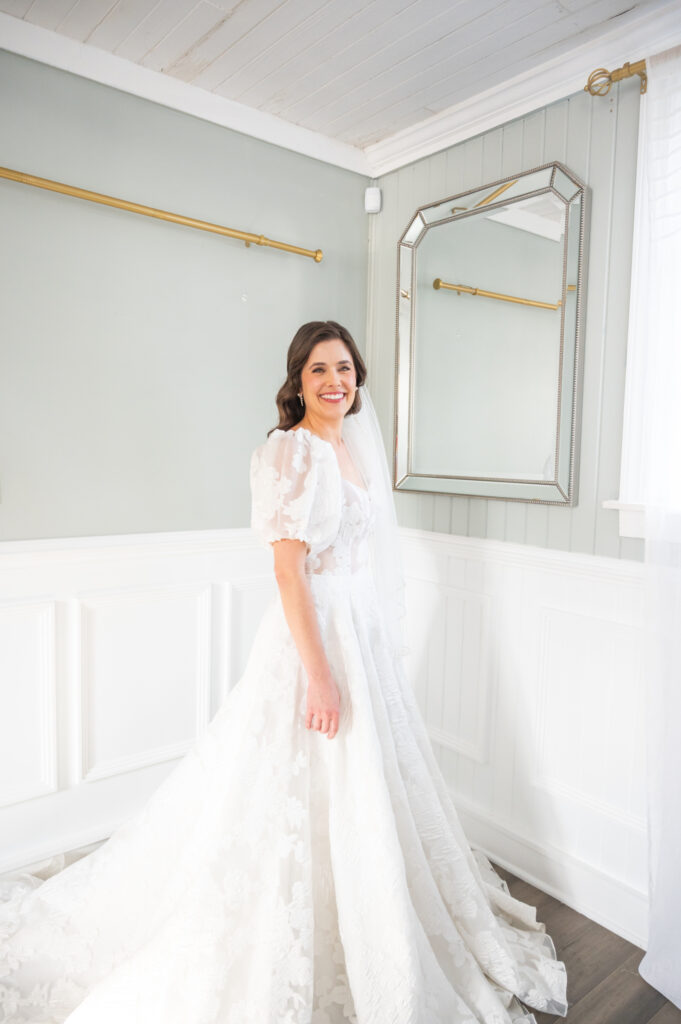
In the rapidly advancing world of photography, it’s easy to assume that today’s smart cameras, AI-driven modes, and editing software can do all the heavy lifting for you. However, even in 2025, the basics of camera settings remain the foundation upon which every great photograph is built. Whether you’ve been shooting for decades or just picked up your first mirrorless camera, understanding and mastering these basics is what allows your creative vision to shine instead of leaving outcomes to chance. In this blog post, we’ll explore why fine-tuning the basics is vital for photographers and how a solid grip on your camera settings continues to set pros apart from amateurs.
Here’s what you’ll discover:
- Exposure triangle essentials
- Aperture’s creative impact
- Shutter speed for dynamic results
- ISO and digital noise management
- Autofocus mastery
- White balance and color mood
- Shooting modes and when to use them
- Metering basics
- File formats and resolution choices
- Updating your workflow for 2025
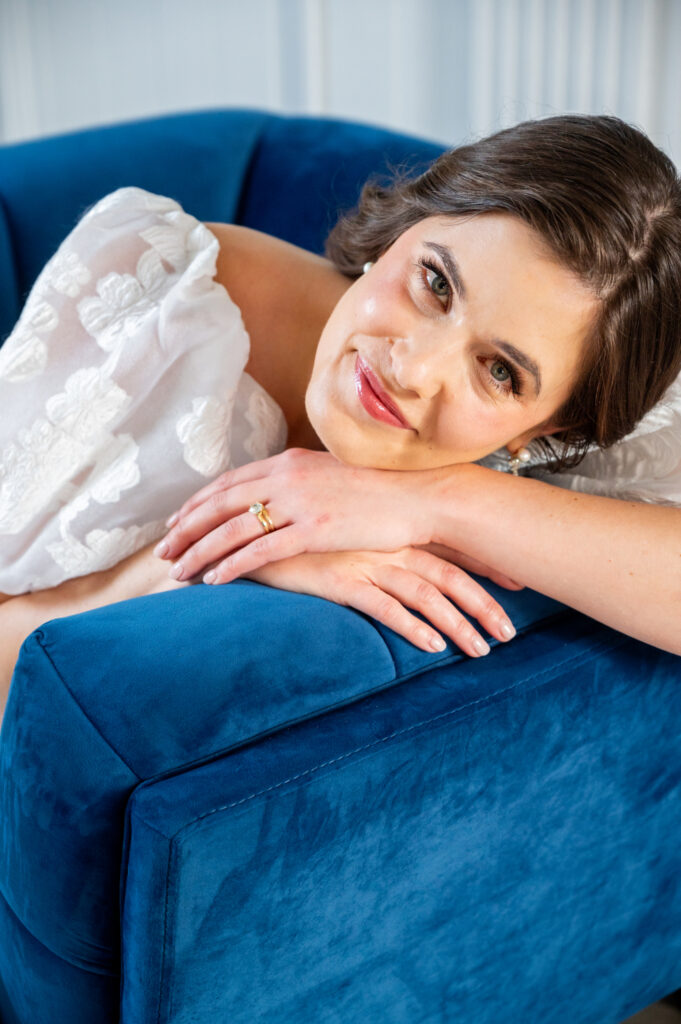
Exposure Triangle Essentials
The exposure triangle is not just a beginner’s tool, it’s a lifelong resource. As camera technology evolves, the principles of aperture, shutter speed, and ISO remain constant. These three elements form the backbone of all exposure decisions, and understanding their interplay is key to consistently producing properly lit images. Even with auto settings getting smarter, they still can’t match the nuanced choices a knowledgeable photographer makes. Mastering the exposure triangle helps you take control of every lighting scenario, rather than letting your camera guess.
Understanding the Exposure Triangle Basics
Exposure is the backbone of every photograph and is controlled by the relationship between aperture, shutter speed, and ISO, collectively known as the exposure triangle basics. Mastering how these basics influence light allows photographers to create images as intended, regardless of how smart their camera is. These foundational concepts never go out of style. They empower you to adapt quickly in the field and troubleshoot any lighting issue you encounter. Even with AI overlays and histogram tools, understanding the exposure triangle helps you pre-visualize your shot before pressing the shutter.
Balancing Exposure for Different Scenes
The real basics of balancing exposure come into play when you shoot in challenging lighting. From harsh midday sun to dimly lit events, knowing the basics enables you to quickly adjust, ensuring each image captures the moment as you envisioned. Shooting in a church? You’ll want to lower shutter speed and bump ISO. Out at golden hour? A wide aperture and low ISO might be the move. With experience, these choices become second nature, but only if you’ve learned the basics. Check out our Learning the Basics Course if you are needing to get your foot in the door.
Aperture’s Creative Impact
Aperture isn’t just about exposure, it’s also your gateway to visual storytelling. The ability to isolate subjects, create dreamy bokeh, or maintain edge-to-edge sharpness all comes from understanding how aperture works. In an era of presets and auto-modes, the aperture is one of the clearest ways to define your style. Whether you’re doing product photography or environmental portraits, knowing how to use aperture with intent elevates your imagery. It gives your photos that “pro” look, even in crowded or distracting environments.
Controlling Depth of Field with Aperture Basics
Aperture basics directly influence how much of your scene is in focus. Want to blur out a busy background for a sharper subject? Adjust those basics! Mastering this setting unlocks artistic potential with every click. Whether you’re shooting portraits at f/1.8 or landscapes at f/11, you’re making creative decisions that affect mood and focus. This is how your photos start to look intentional and professionally composed.
Aperture and Light Gathering: The Basics Explained
Beyond artistry, the basics of aperture are critical for controlling how much light hits your sensor. In 2025, as in years past, understanding these basics ensures you get the desired exposure without compromising ISO or shutter speed settings. Aperture size directly influences how much your sensor sees, making it the first place to adjust in low light. It also affects lens performance, with many lenses performing best a stop or two from their maximum. Understanding this gives you a leg up in achieving both aesthetic and technical quality.
Shutter Speed for Dynamic Results
Shutter speed is where motion meets emotion in photography. It dictates how you capture time, whether you want a crisp moment frozen in time or a blur that tells a story. Understanding how to control shutter speed opens creative doors across genres: sports, landscapes, street, and weddings all rely on it. In 2025, built-in stabilization helps, but it doesn’t replace knowing the rule of thumb for minimum shutter speeds. The more confident you are with this setting, the more range and drama your images can achieve.
Freezing Action: Shutter Speed Basics
Whether it’s a child running or a bird in flight, knowing the basics of shutter speed lets you freeze split-second moments. Don’t rely solely on auto modes, learning the basics of when to go faster or slower makes every shot deliberate. A fast shutter like 1/1000 sec ensures tack-sharp action in sports or dance photography. Practicing this makes you quicker in the field and more confident when it counts. Plus, you’re more likely to come home with a keeper from that once-in-a-lifetime moment.
Showcasing Motion: Creative Effects with Shutter Speed Basics
Sometimes, the basics mean creating the sense of movement with intentional blur. Understanding these basics lets you experiment with light trails, silky water, or dynamic street scenes in a way only true basics mastery can bring. Try dragging the shutter at 1/30 sec on a tripod to show motion in city lights or waterfalls. This technique adds emotion and atmosphere that static images lack. Once you master this, even ordinary scenes become cinematic.
ISO and Digital Noise Management
ISO is often the most misunderstood part of the exposure triangle, yet it’s crucial for clean, clear images. Higher ISO amplifies your sensor’s sensitivity to light, but it also amplifies noise. Newer cameras handle this better, but they don’t erase the laws of physics. Knowing when and how to adjust ISO can make or break your shot in low-light situations. The basics help you use ISO as a tool, not a crutch.
Mastering ISO Basics for Clean Images
The basics of ISO haven’t changed: higher ISO introduces noise, lower ISO keeps your photos clean. In 2025, improved sensors help, but nailing the basics remains the key to crisp, detailed shots. Avoid over-reliance on auto ISO by testing your camera’s performance at various levels. Learn your gear’s limits, where the image starts to break down and shoot within those boundaries. That’s how pros consistently deliver quality.
Leveraging ISO Basics in Low-Light Photography
Having control over ISO basics is vital for low-light scenarios. Don’t be afraid to push your ISO when the shot demands it, modern cameras handle noise better, but the basics of exposure still rule. Night photography, concerts, and events often require compromise, understanding ISO lets you make the right tradeoffs. And with post-processing tools improving, learning to manage noise in-camera gives you a strong starting point for editing.
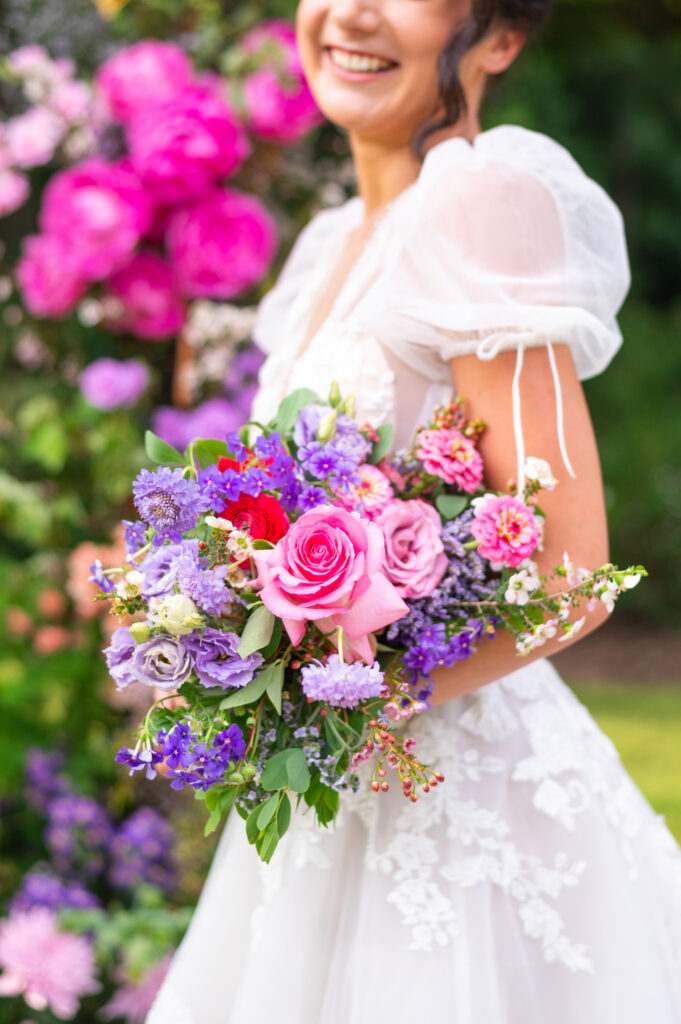
Autofocus Mastery
Autofocus (AF) systems have become incredibly advanced, but they’re only effective when used properly. Today’s cameras can track eyes, detect faces, and even follow animals. But if you don’t understand AF modes, focus points, and how to override them, you’ll miss critical moments. Mastering autofocus basics helps you work faster, smarter, and with far greater consistency, especially in unpredictable situations.
Modern Autofocus Basics for Sharp Results
AI enhancements aside, autofocus basics are what guarantee every important frame is tack-sharp. Set and check your focus points regularly for consistently professional results. Use single-point AF for precision work and zone AF for fast action. Understanding the basics ensures you know what your camera is doing, so you’re not just hoping for focus, you’re commanding it.
Continuous vs. Single-AF: The Basics for Every Scenario
Knowing when to use continuous autofocus (for movement) versus single (for still subjects) is part of the basics every photographer should perfect. This basics skill puts the power of modern cameras fully in your hands. Continuous AF is ideal for tracking athletes, kids, or pets on the move. Single AF works best for headshots, still life, and studio setups. When you choose the right one, you’re no longer guessing, you’re predicting and preparing.
White Balance and Color Mood
White balance sets the emotional tone of your image. Even with powerful auto white balance (AWB), getting it right in-camera reduces editing time and increases consistency. Understanding white balance basics helps you correct color casts and stay true to your creative vision. It’s one of the most underappreciated aspects of camera control, yet it’s crucial to your photo’s final feel.
Why White Balance Basics Still Matter
Even with automatic modes, getting white balance basics right can make or break the mood of your image. Take time to adjust the basics for every lighting scenario to achieve the desired result. Fluorescent lighting, golden hour, and candlelight all require thoughtful white balance adjustments. Don’t let your camera guess wrong when you can set it right. Pre-setting it saves hours in post.
Creative Results Using White Balance Basics
The basics of white balance can also be used intentionally, think warmer or cooler tones to evoke emotion and style. Understanding these basics allows you to push creative boundaries in 2025 and beyond. Use a cooler balance for moody editorial portraits or a warmer one for romantic wedding imagery. These decisions add polish and professionalism to your visual storytelling. Mastering this means your photos evoke more than just a scene, they convey feeling.
Shooting Modes and When to Use Them
Camera modes can either limit or empower your creativity depending on how well you understand them. Many photographers get stuck in auto, but there’s a time and place for each mode. Whether you’re shooting fast-paced events or carefully staged portraits, knowing the strengths of manual, aperture priority, and shutter priority modes is a basic skill with big impact. Choosing the right one improves efficiency and control.
Manual Mode Basics: Total Creative Control
The basics of manual mode empower you to decide exactly how your image looks. Relying on auto can produce generic results, while mastering the basics gives you distinctive style and reliability. Manual mode lets you lock in consistent results across a shoot. You control the balance, not your camera. It’s where true artistry meets technical command.
Priority Modes: Applying the Basics Practically
Aperture and Shutter Priority modes let you apply the basics while retaining some camera automation. Knowing which situation suits each mode is part of the basics every serious photographer needs in their toolkit. Aperture Priority is great for portraits and shallow depth of field. Shutter Priority shines in action or low-light shots. Both help you react quickly while keeping creative control.
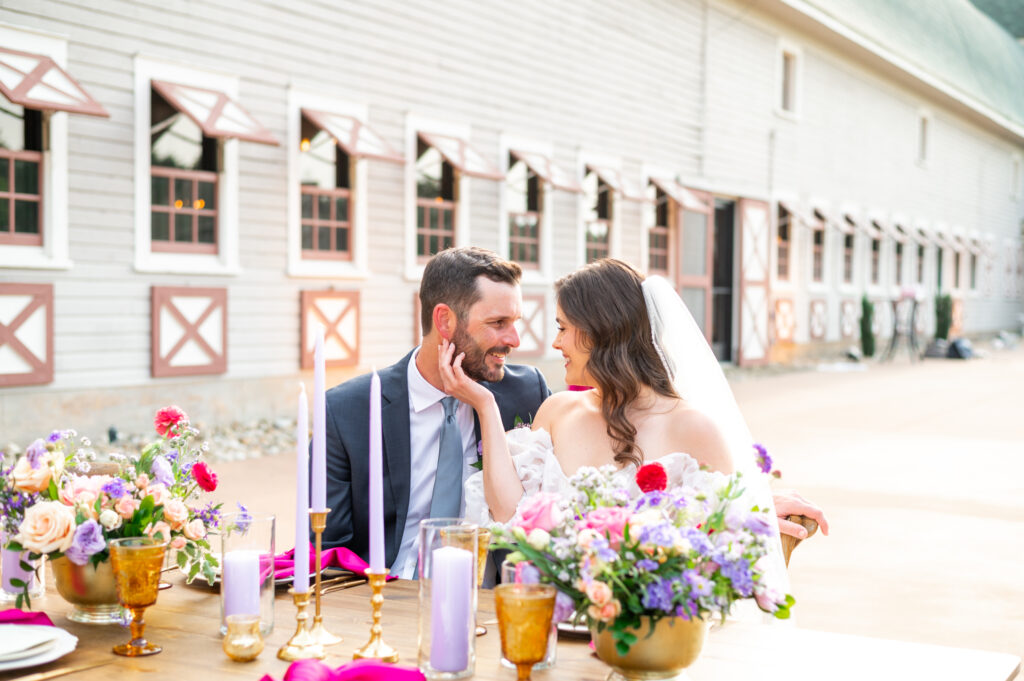
Metering Basics
Metering determines how your camera evaluates light and recommends exposure. Understanding the basics helps you anticipate how your camera will interpret a scene. This is especially important in tricky lighting situations like backlighting or strong highlights. Knowing how to choose between metering modes ensures consistent results and less guesswork. This article does a great job at really breaking down the basics as if you’ve never seen a camera before: The Absolute Beginners Guide to Camera Settings.
How Modern Metering Works: The Basics
Today’s cameras offer advanced metering, but understanding the basics of how light is measured ensures accurate exposures in tricky situations. Use the basics to correct for backlighting or high-contrast scenes. Modern cameras typically offer evaluative, center-weighted, and spot metering. Each has its purpose, and knowing them avoids surprises when reviewing your shots.
Spot vs. Evaluative Metering: When the Basics Matter Most
The basics of choosing the right metering mode are essential for nailing exposure in demanding scenarios, making the difference between a good photo and a great one. Spot metering helps expose your subject correctly when the background is much brighter or darker. Evaluative metering is great for even lighting. Switching confidently between modes is a power move every photographer should master.
File Formats and Resolution Choices
Your file format and resolution decisions affect everything from post-processing to storage and client delivery. These choices may seem minor, but they’re basic fundamentals with lasting consequences. Photographers who understand how to balance quality and efficiency stay ahead in workflow and consistency. In 2025, storage is cheaper, but your time isn’t. Getting this right reduces rework and frustration.
RAW vs JPEG: The Basics You Need to Know
Choosing between RAW and JPEG is still a central basics decision. RAW gives you more flexibility in post-processing; JPEG offers efficiency. The basics lie in knowing when each is best for your needs. For high-end work or uncertain lighting, RAW is a must. For casual shoots or quick turnaround jobs, JPEG may suffice. Learn the tradeoffs so you’re never caught off guard.
Resolution Settings: Basics for Every Output
Whether for web sharing or high-res prints, the basics of resolution choice impact your workflow and end product. Don’t overlook this often-neglected basics aspect of digital photography. Set your camera for the right output from the start to avoid stretching or compressing files later. Know what your printer or website needs. A few seconds of attention here can save hours later.
Updating Your Workflow for 2025
Your photography workflow should evolve with technology, but not at the expense of the basics. The best photographers integrate new tools while maintaining timeless techniques. Whether it’s AI culling, automated editing, or cloud backup, the core principles still apply. Let tech support your skills, not replace them. When you understand the basics, you’re better positioned to take full advantage of what’s new. Check out our free Work-Life Toolkit to help you balance out your workflow
Integrating New Tech Without Losing Basics
AI tools, cloud connectivity, and enhanced editing are fantastic, but they’re most effective when grounded in the basics. Integrate new features into your workflow while maintaining command of the fundamentals. Use smart tools to enhance your strengths, not patch over weak spots. Let your core knowledge guide how you adopt new tech so your work stays authentic and intentional.
Personalizing Presets and Profiles: Basics as Your Guide
Tweaking camera and editing profiles begins with the basics. Tailor your workflow so every automated feature aligns with your established basics for color, contrast, and sharpness. Learn what those sliders actually do. A great preset is only as good as your understanding of exposure and color balance. Basics give you the confidence to create your own, rather than relying on someone else’s look.
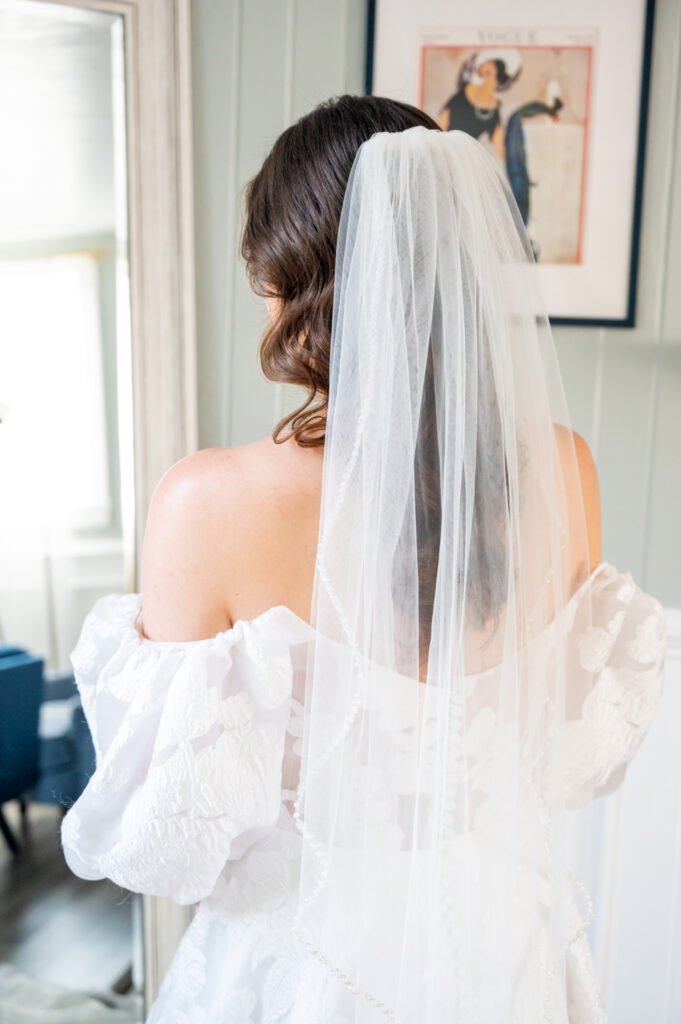
No matter how far camera technology advances, the basics remain your most powerful tools. They’re what transform a technically correct photo into a deliberate, emotional, and compelling image. In 2025 and beyond, mastering your camera settings isn’t optional, it’s essential for standing out in a saturated market. When you understand the fundamentals, every photo becomes a chance to express your vision, not just document a moment. Keep learning, keep practicing, and let the basics be your foundation for long-term creative growth.
Are you ready to get serious about mastering the basics? Stop letting your camera decide for you! Sign up for our Business and Art Basics Mastermind where we can help you get started with confidence. Have questions? Drop them in the comments and let’s keep the basics conversation going!
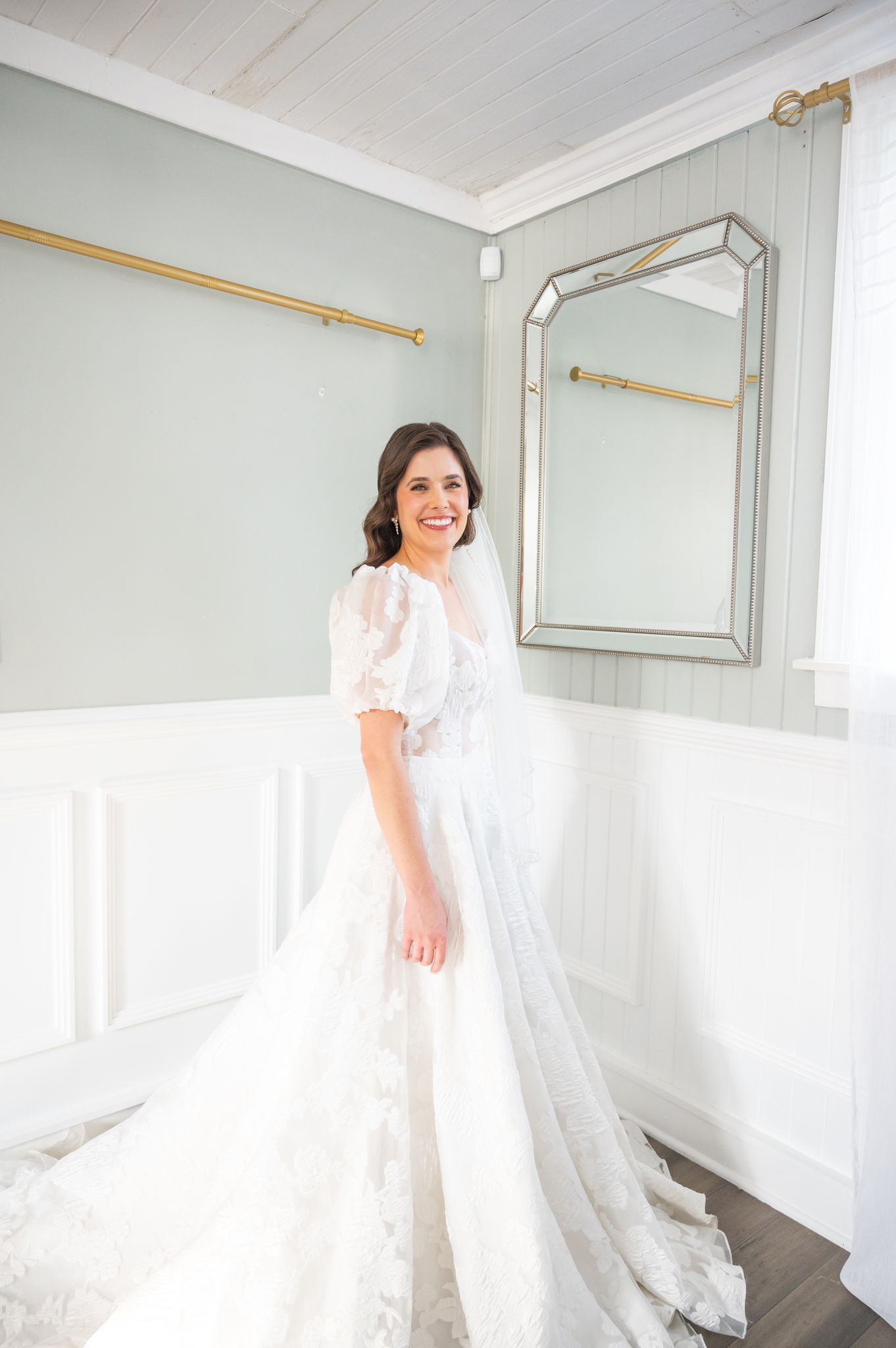
Comments